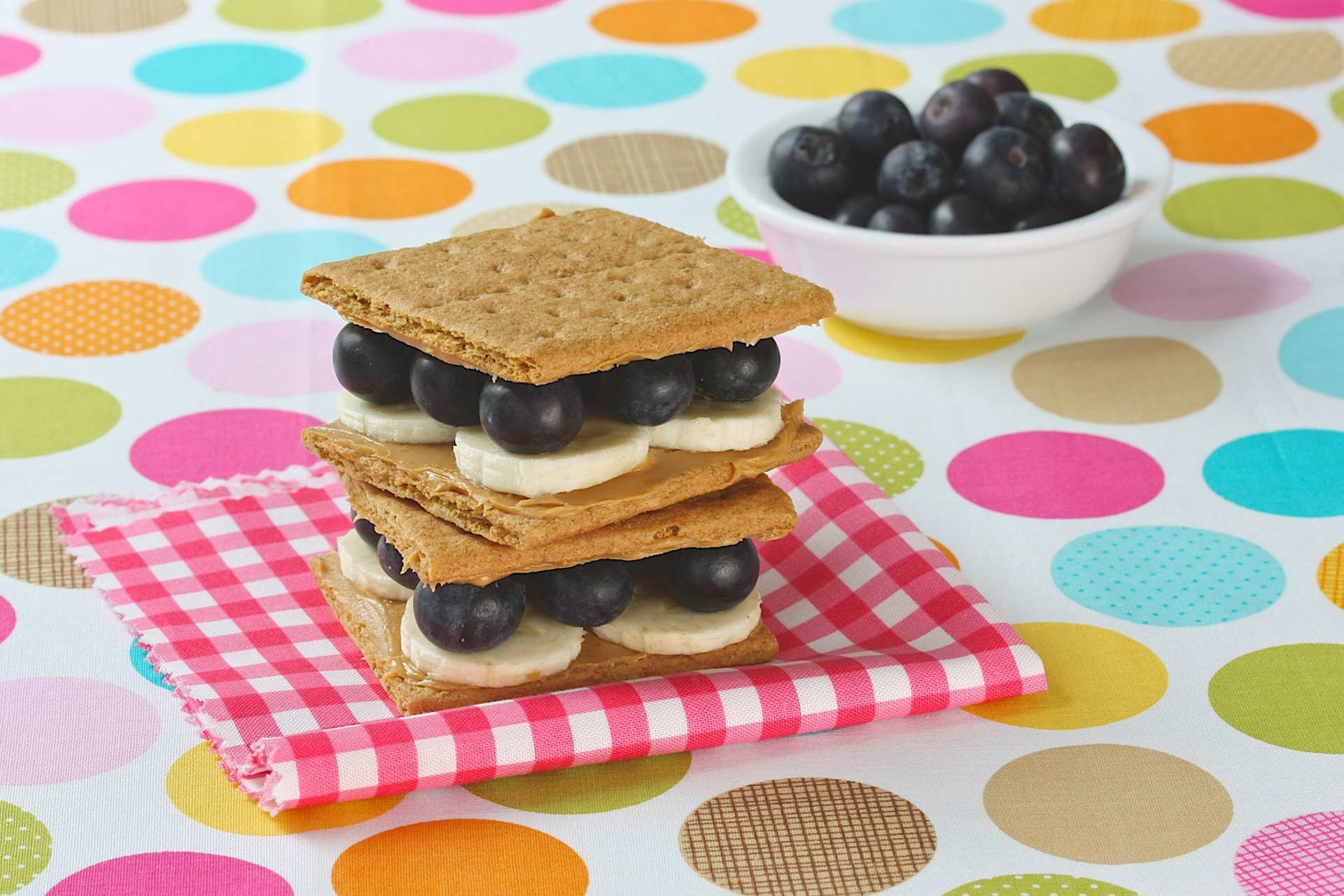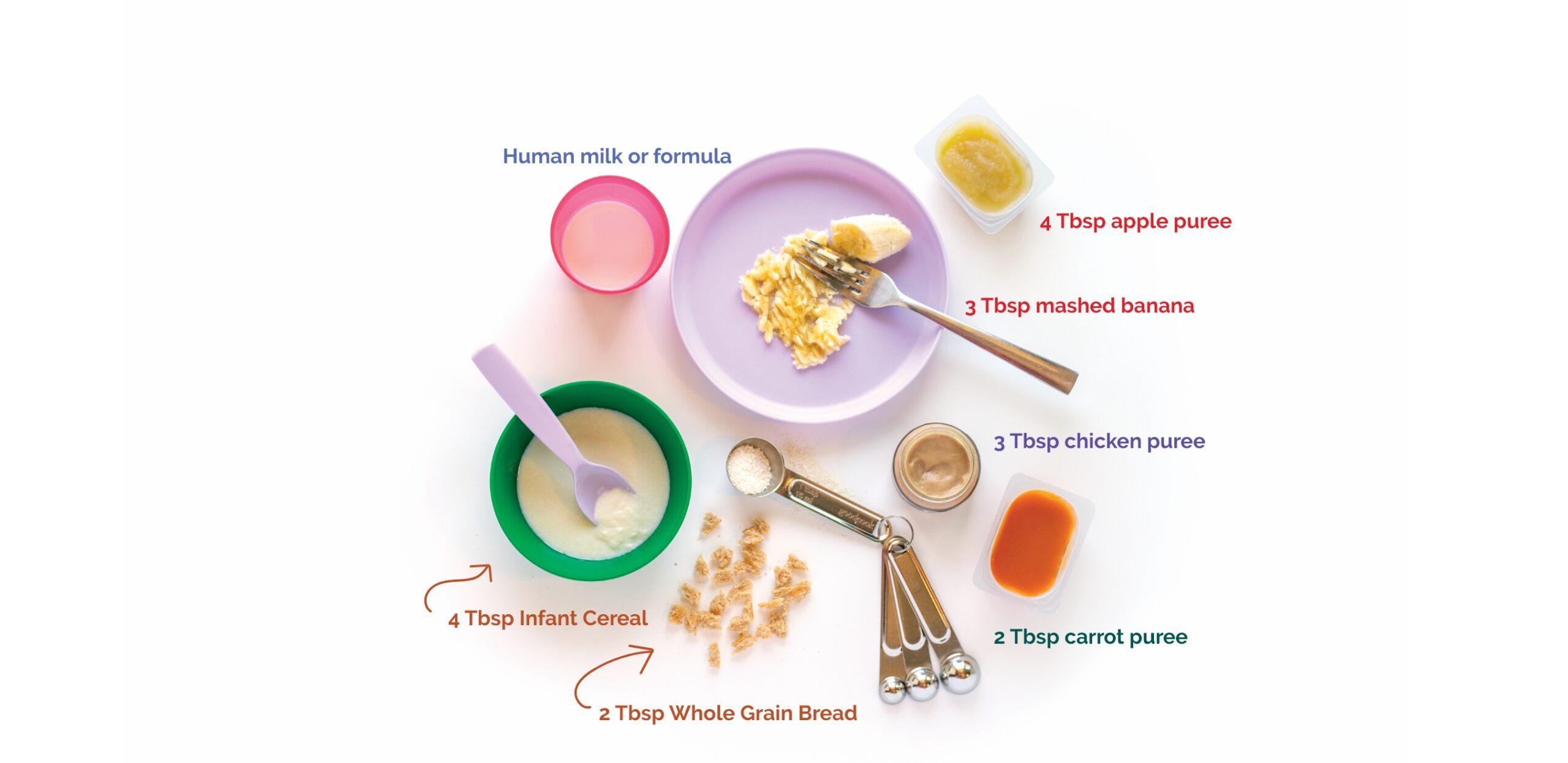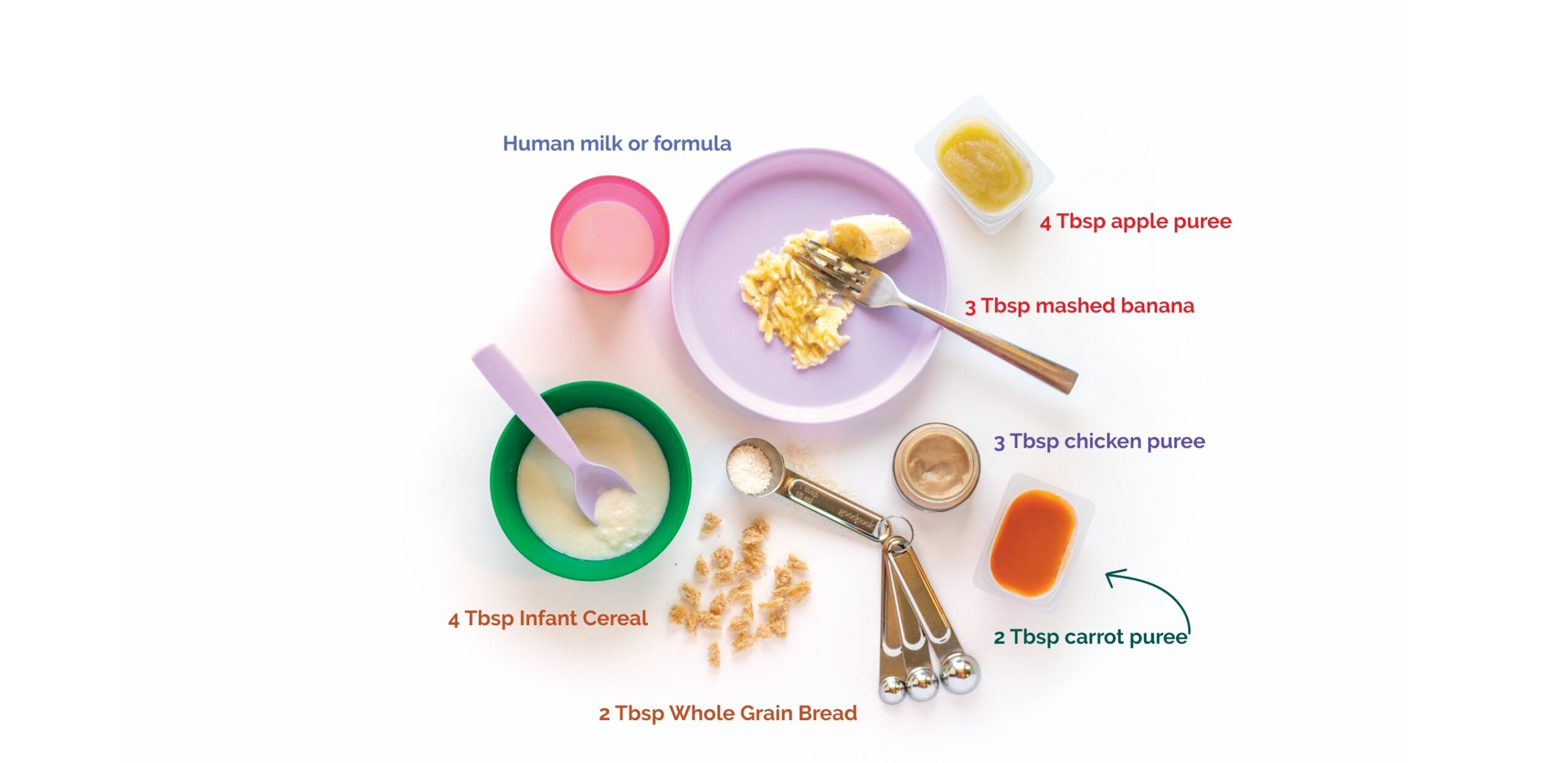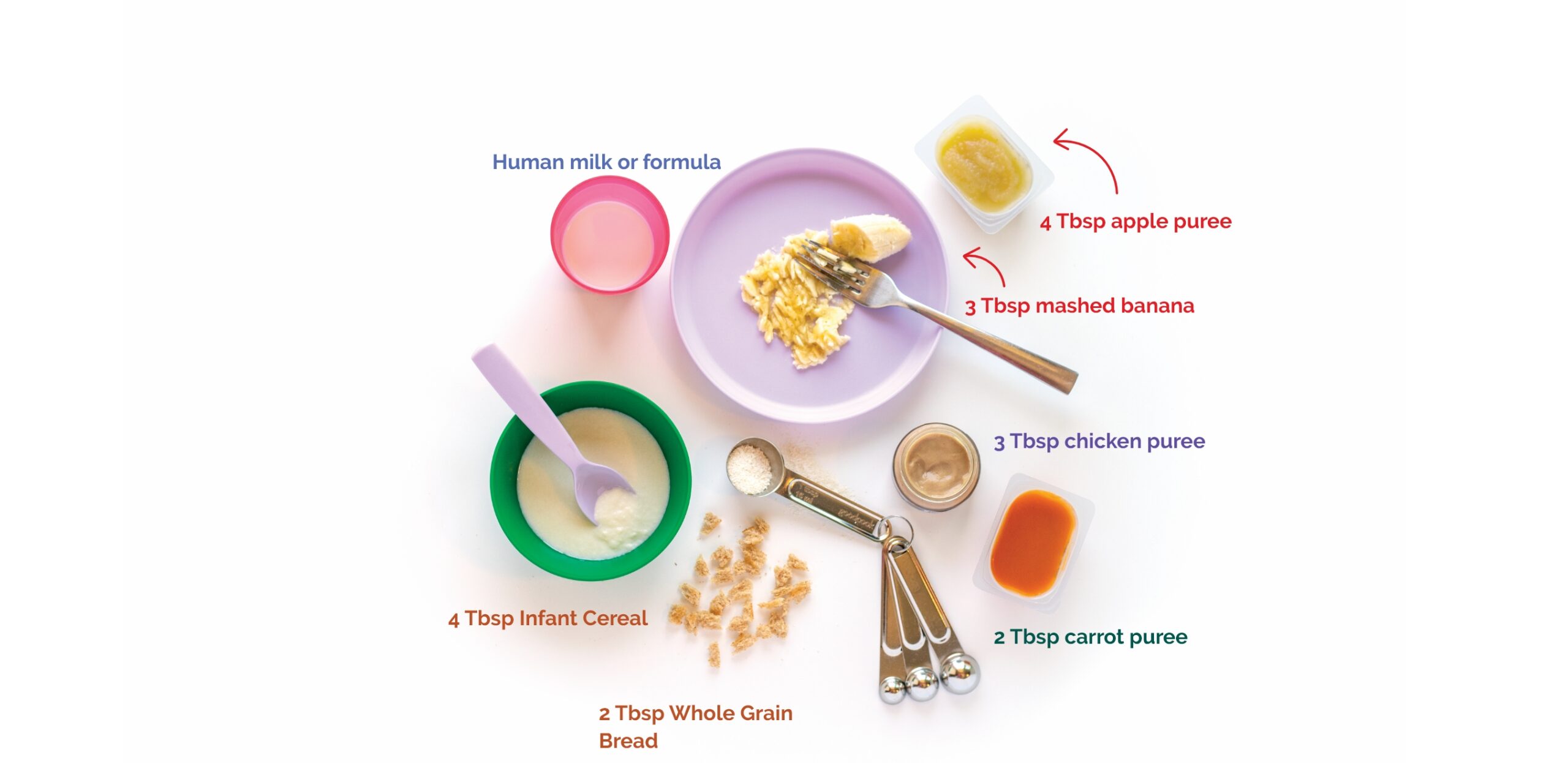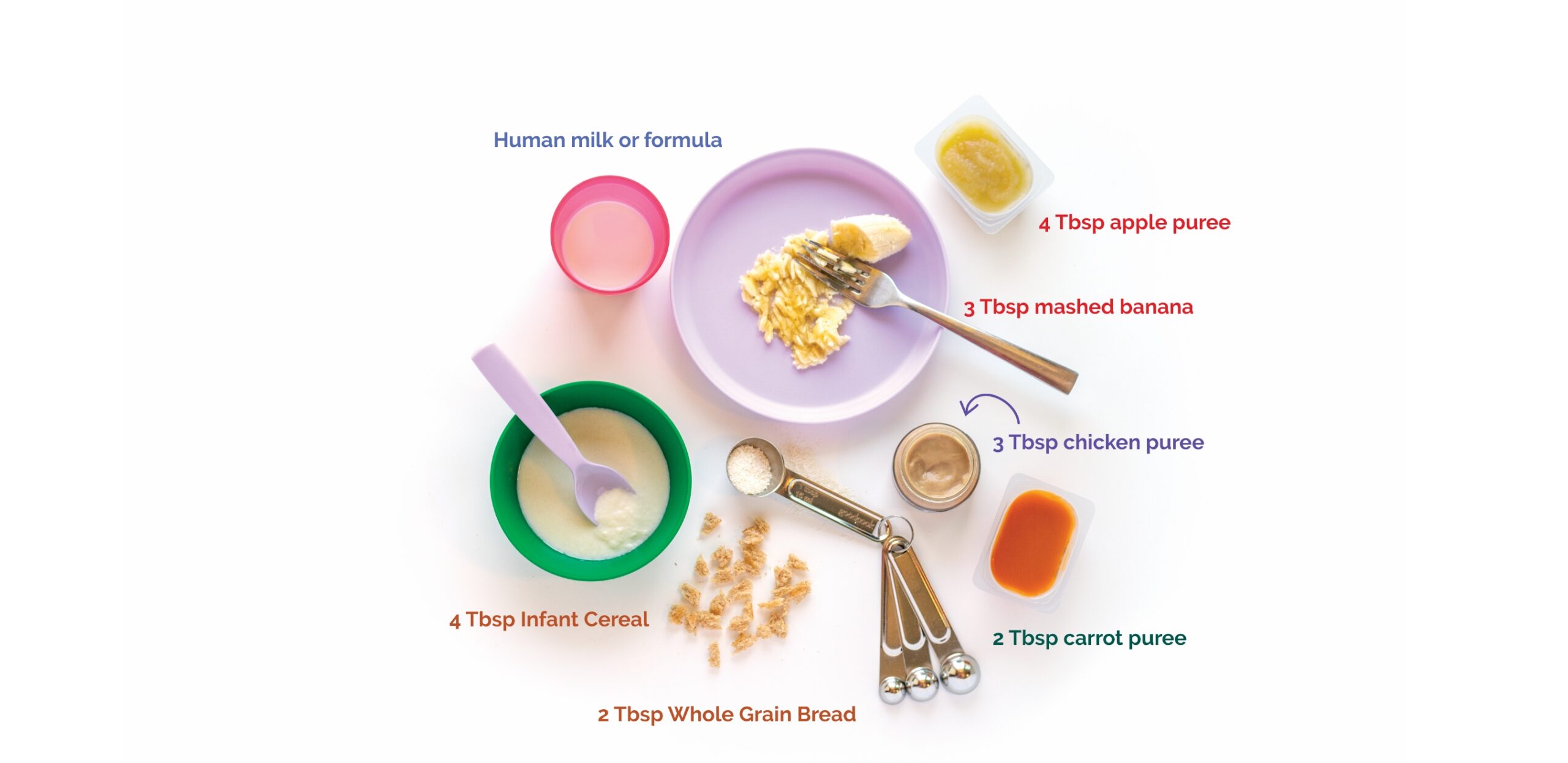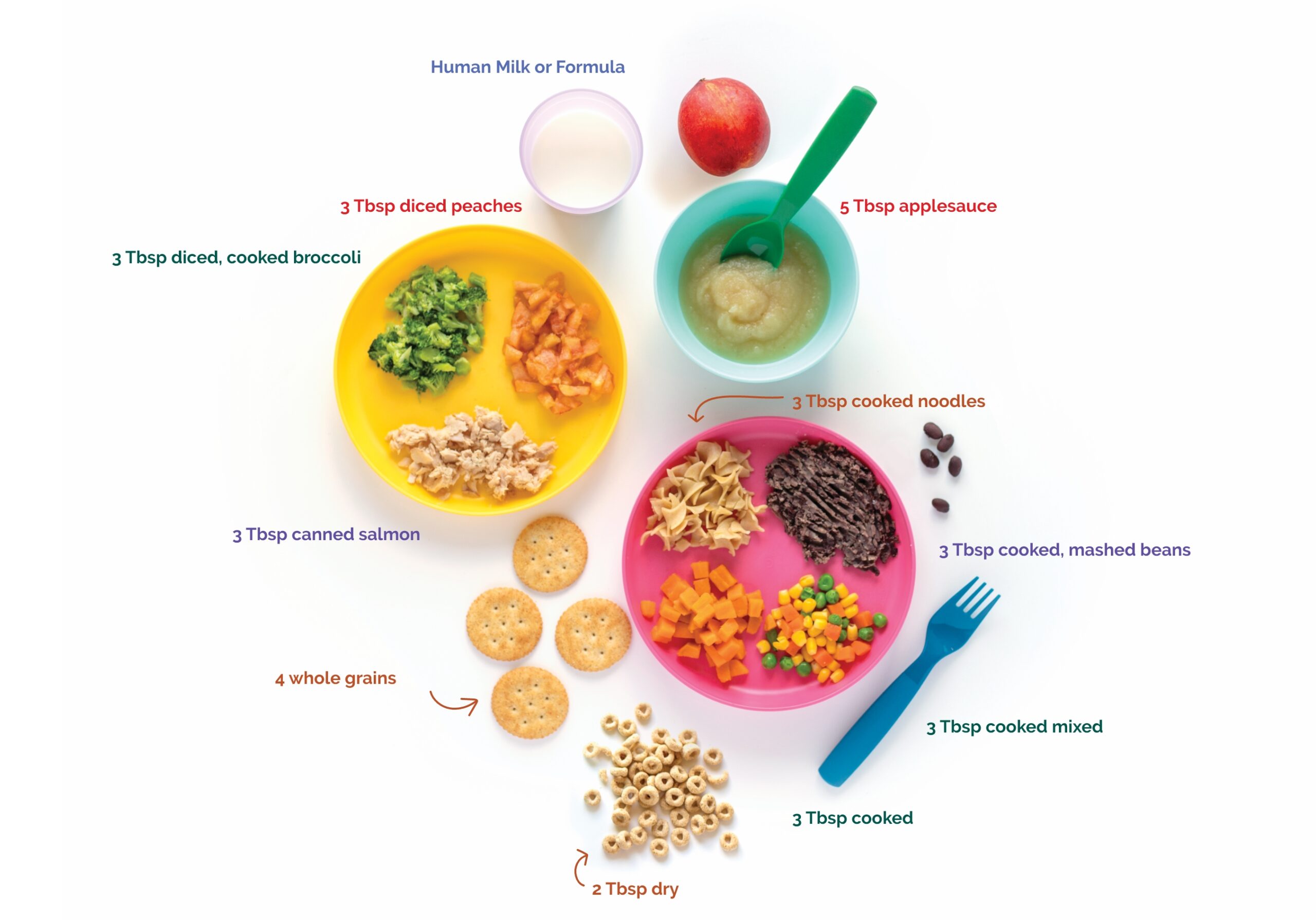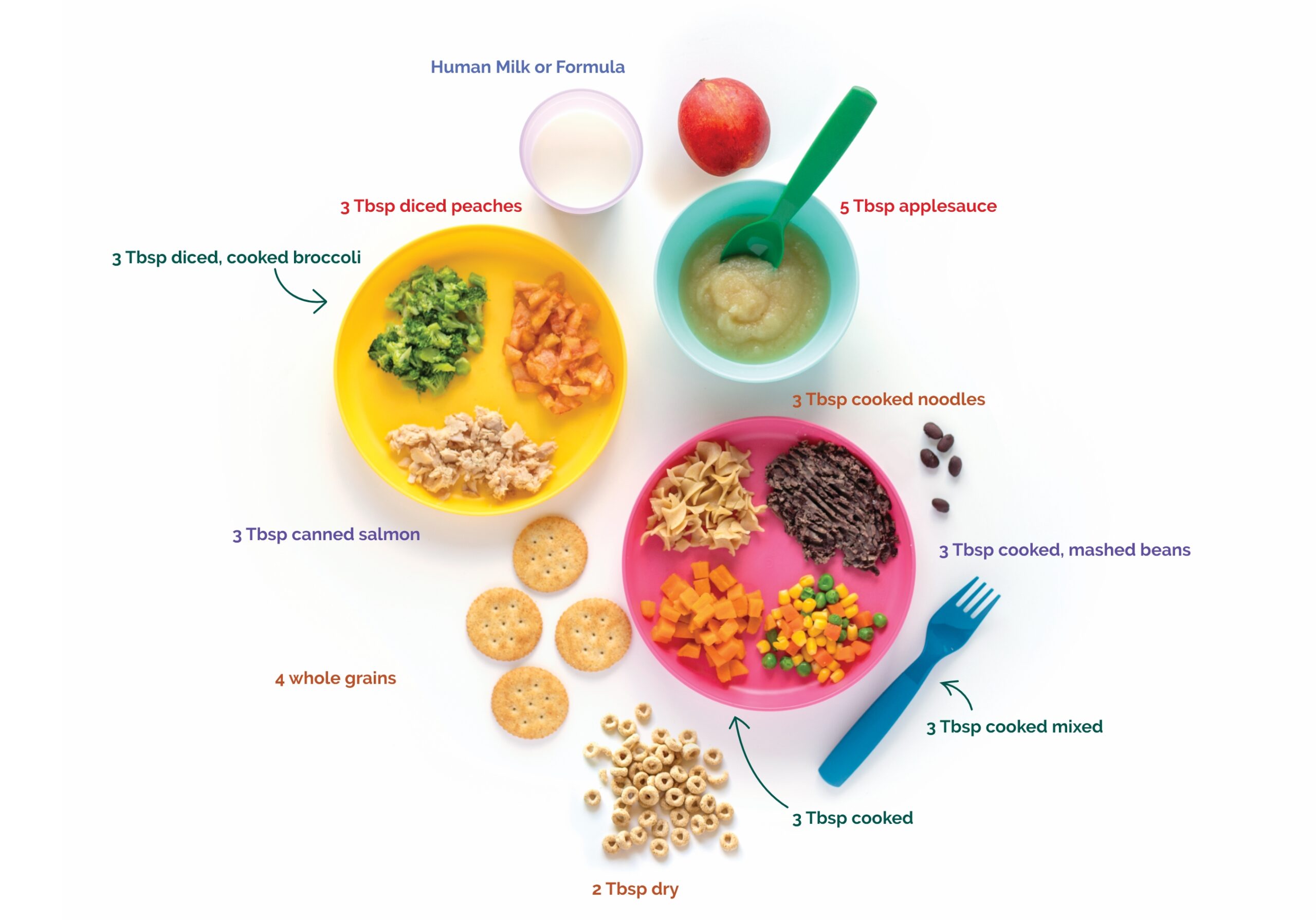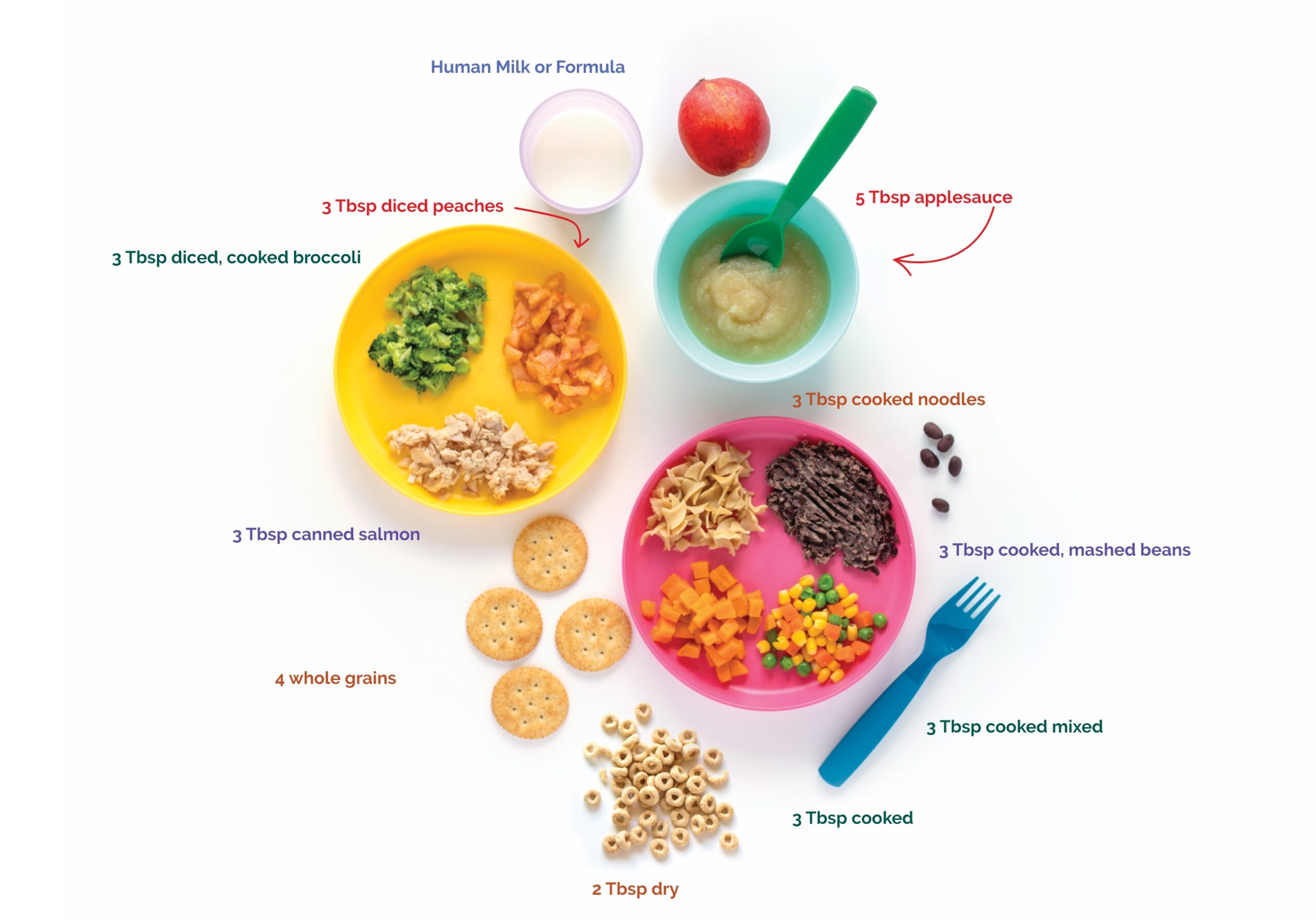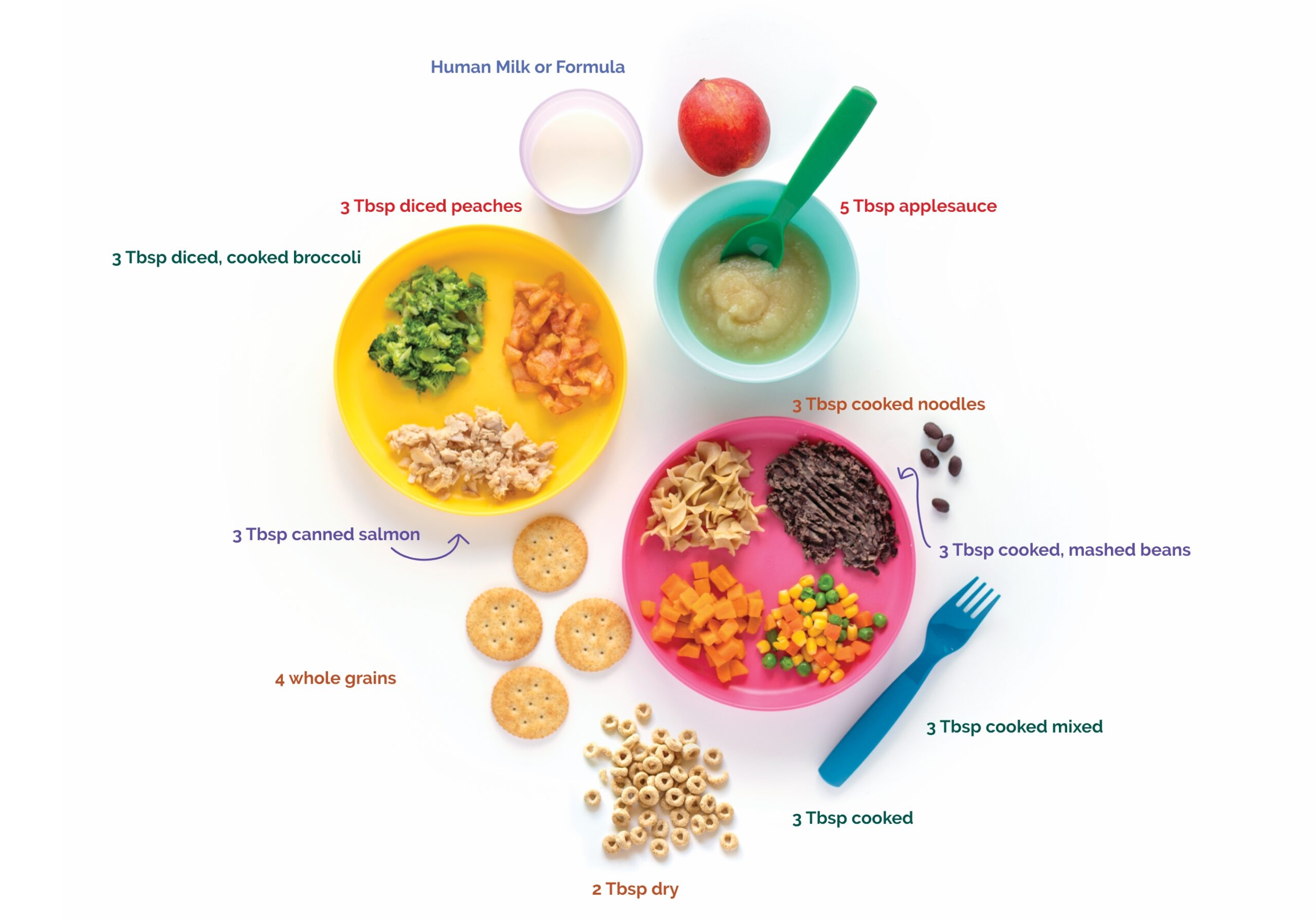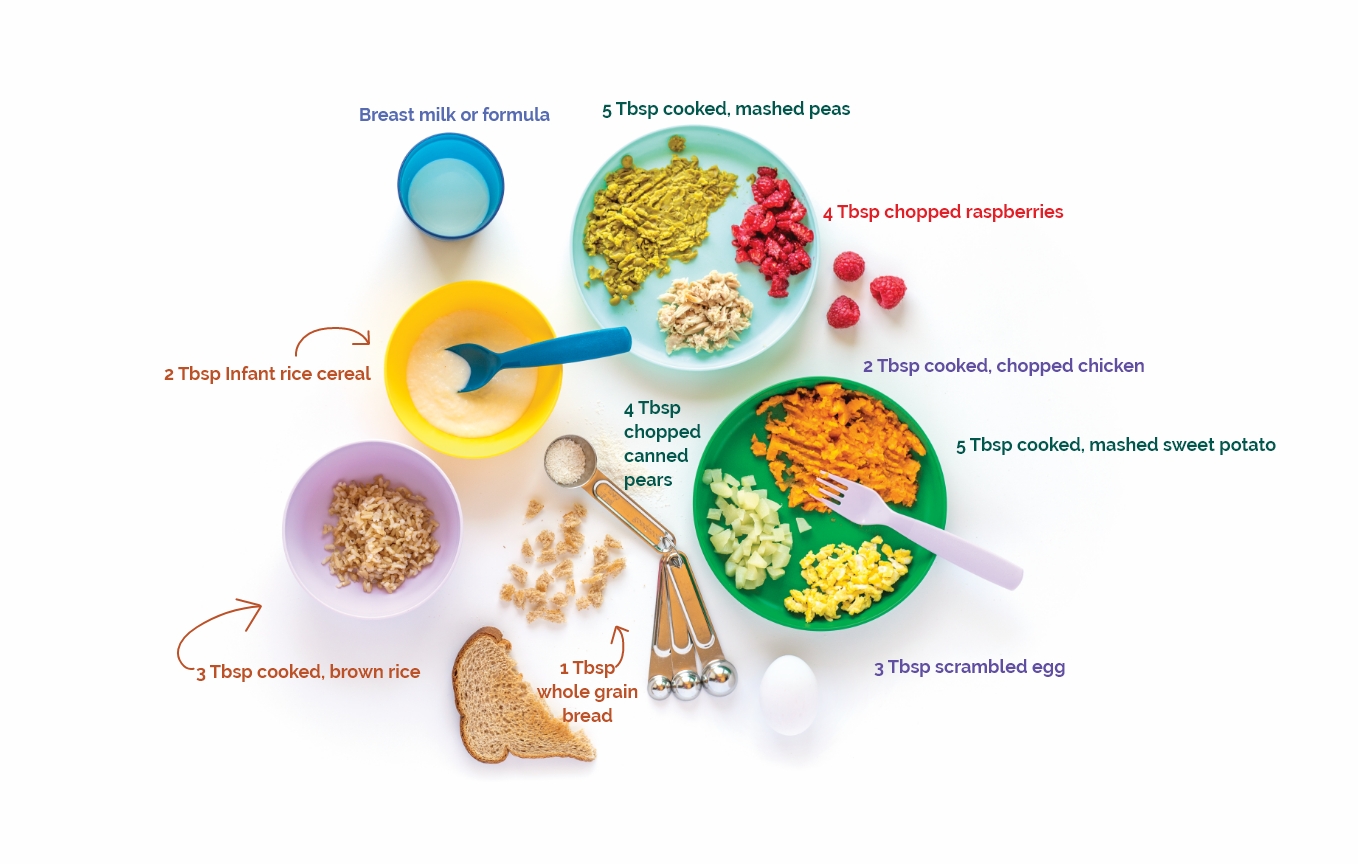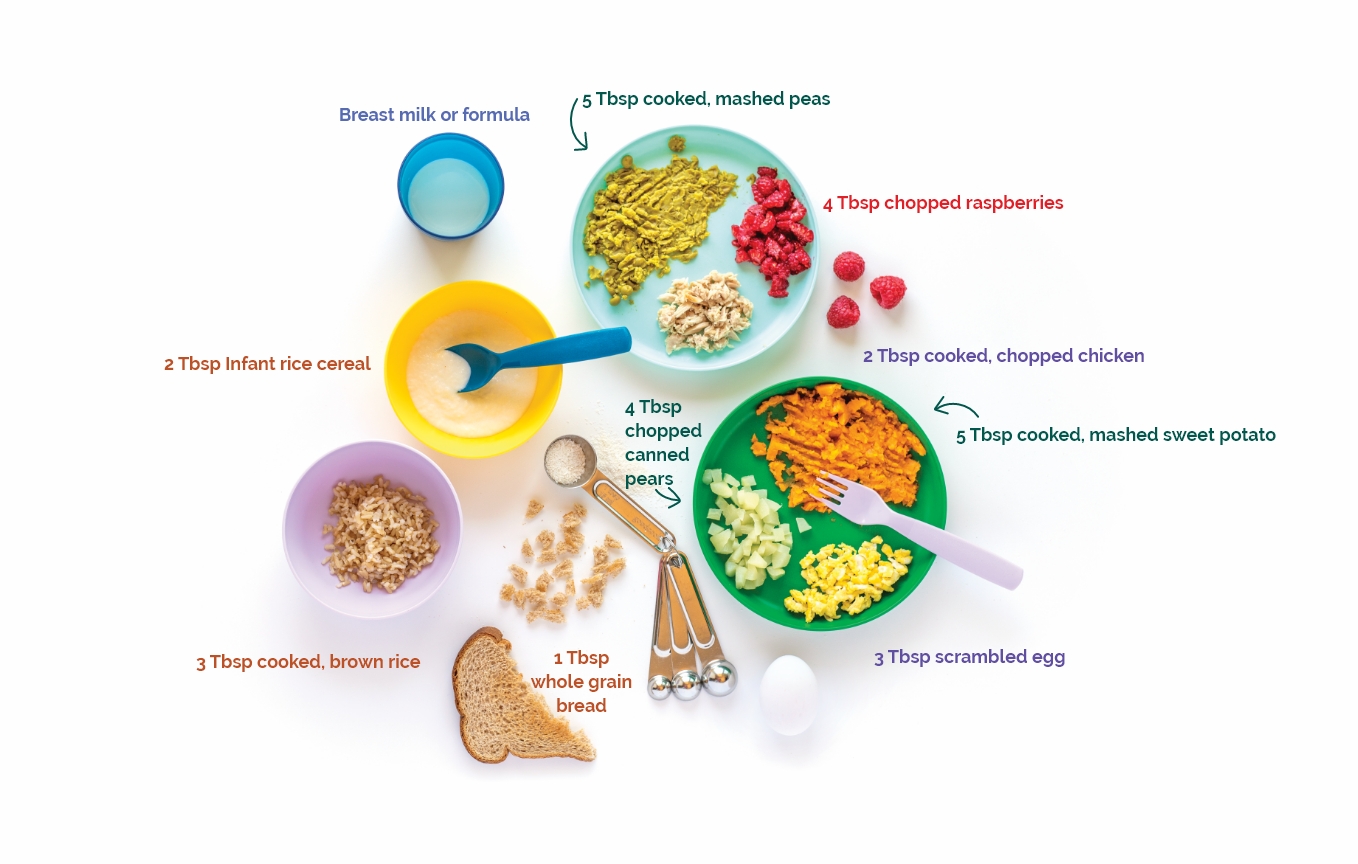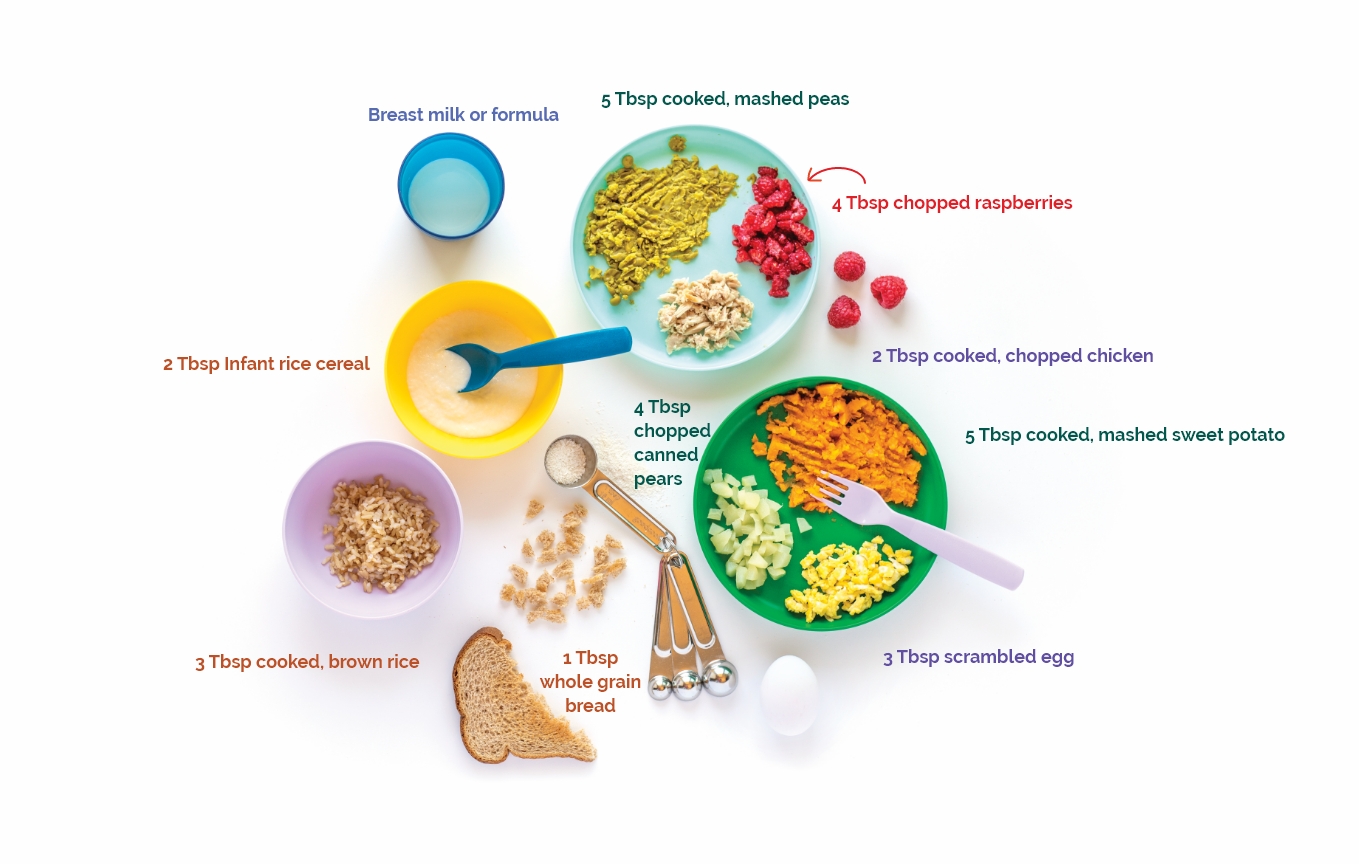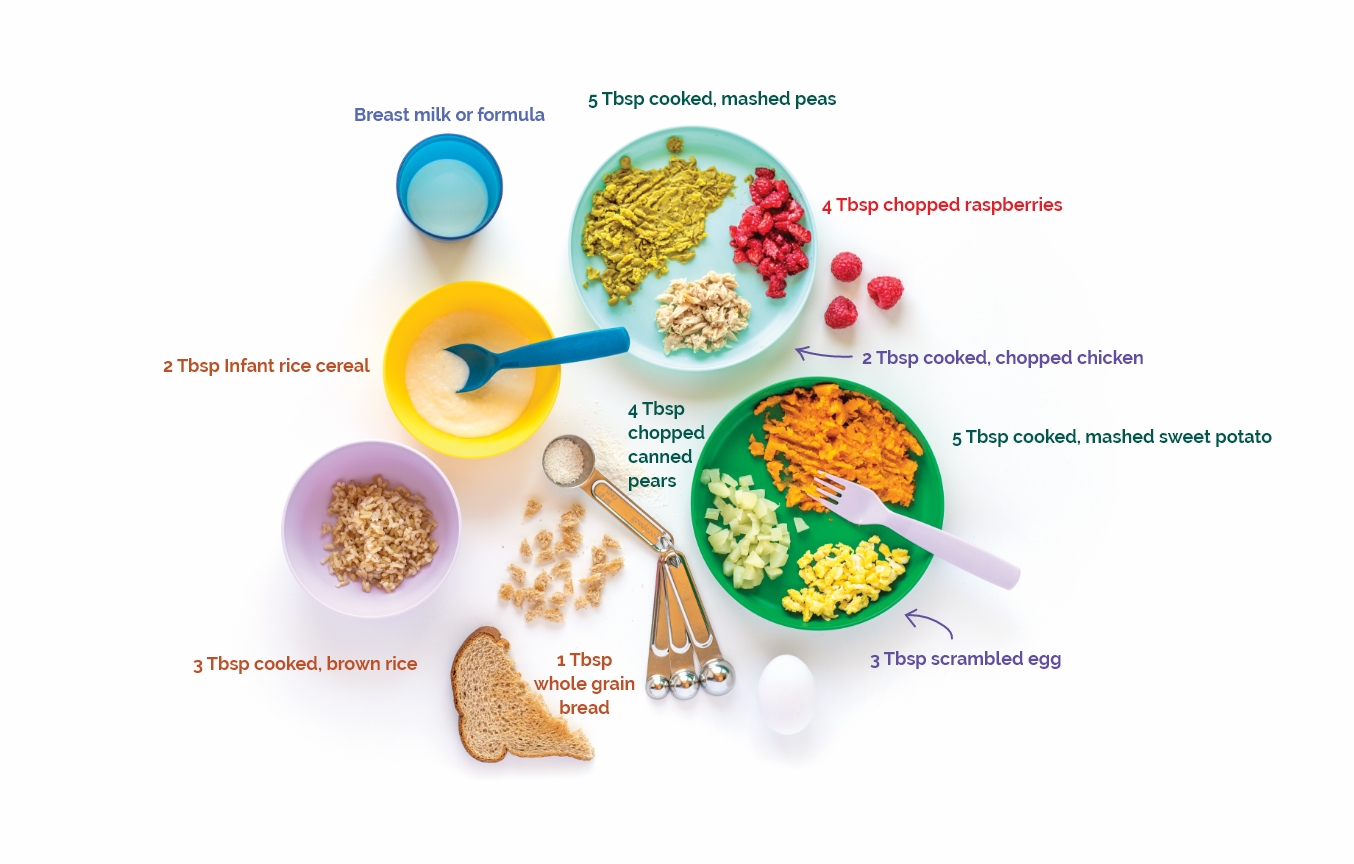Blueberry Banana S’mores
MAKES 2 SERVINGS
4 graham crackers, broken crosswise in half
8 teaspoons peanut butter
16 thin slices peeled banana
36 blueberries
TIP: For toddlers and preschoolers, you may want to mash the blueberries and bananas first before topping, and consider reducing the portion size from 2 S’mores to 1.
- Place the 8 graham cracker squares on a cutting board or clean work surface. Spread each square with 1 teaspoon peanut butter. Set 4 of the squares aside.
- Top each of the remaining squares with 4 banana slices and 9 blueberries. Top with the remaining crackers to create “sandwiches.” The peanut butter will prevent the blueberries from falling out!
